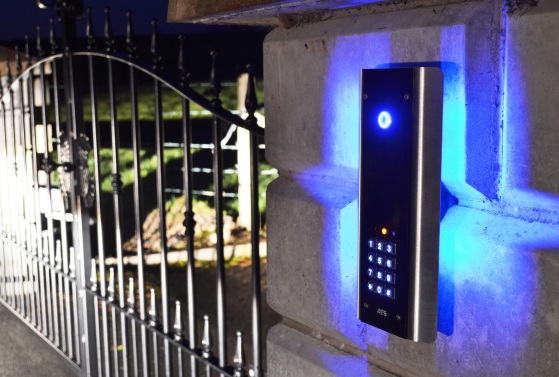-
Your shopping cart is empty!
Menu
Your shopping cart is empty!

1) Make sure they work
Any gate to be automated must work properly as a manual gate. Automation will not overcome problems with an incorrectly installed gate.
2) Gates on slopes
Avoid fitting gates in situations that run uphill. This will complicate the situation, require additional equipment and put a strain on the automation. It can be done but it’s best to avoid it if possible.
3) Is it up to the job?
Make sure that the equipment chosen is suitable and meets the specifications as laid down by the manufacturer. Failure to do this will invalidate the guarantee.

4) Underground motors
When fitting underground motors ensure that suitable drainage is provided. These motors are design to be fitted underground – not underwater.
IP67 means that a unit should not be detrimentally effected if it is up to 15cm under water for a maximum of 30 minutes.
Ingress of water in a harmful quantity shall not be possible when the enclosure is immersed in water under defined conditions of pressure and time (up to 1 m of submersion).
Test duration: 30 minutes.
Immersion at depth of at least 1 m measured at bottom of device, and at least 15 cm measured at top of device
5) Professional installation
Gate automation equipment should be sourced from and fitted by a profession installer. It may cost a little more but you will then have someone who will take full responsibility for the installation as well as carrying out a proper risk assessment as required by law. Whilst it is tempting to buy your equipment yourself from one of these companies who have little regard for the industry and sell at close to trade prices direct to end users, this does you no favours and damages the industry and may result in serious accidents for which you may end being responsible.
6) Environment
Consideration must be given to environmental conditions, particularly the effect of wind on a gate. Even an ‘open railing’ gate will present a degree of wind resistance, and close boarded wooded gates are just like a sail in strong wind. 24 V systems, while generally the preferred choice because of the intrinsic safety built into the system, may struggle to work properly in very windy locations.
7) Means of opening gates
Discuss with your client how they want to open the gate both from inside and outside. Typical alternatives include:- Radio remotes, Keypads/card access, push-buttons, ground loops/probe, vehicle detectors and GSM via mobile phone.

8) Visitor/pedestrian access
If there is no alternative, dedicated free pedestrian gate, you must discuss how visitors will contact the property to gain access, and how the gate will be opened.
For pedestrian access from outside without a radio control a keypad can be used to open one leaf only or partially open both leaves depending on the system. Alternatively, for visitor access some form of entry intercom is normally used. Typical examples are:-
Hardwired audio or audio/video system with or without built in keypad
Radio audio system with or without keypad providing a range up to 400m in CLEAR SPACE
GSM audio with or without keypad – unlimited range but dependent on local phone reception quality.
9) Trade Access
Consideration must be given to necessity for access to trades people such as dustmen, postmen, gardeners etc. This is often achieved by connecting a button or one of the above means of access to a time clock which would allow the gate to be operated by a less secure means only at certain times of day.
10) Self-locking motors
You cannot rely on a ‘locking’ operator to provide total security to a gate. The addition of extra locks will make it much more difficult to force a gate open and in extreme circumstances bollards have been fitted in front or behind a gate to improve security.
These cookies are required for the website to run and cannot be switched off. Such cookie are only set in response to actions made by you such as language, currency, login session, privacy preferences. You can set your browser to block these cookies but our site may not work then.
These cookies are usually set by our marketing and advertising partners. They may be used by them to build a profile of your interest and later show you relevant ads. If you do not allow these cookies you will not experience targeted ads for your interests.
These cookies allow us to measure visitors traffic and see traffic sources by collecting information in data sets. They also help us understand which products and actions are more popular than others.

